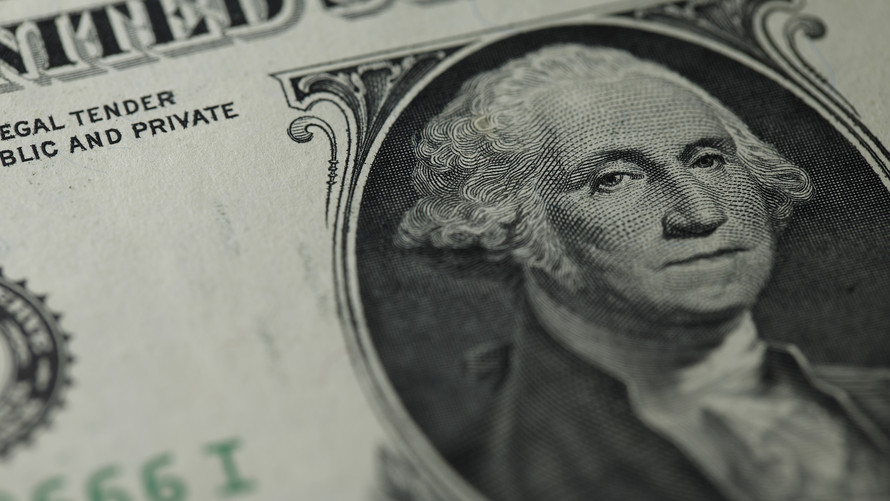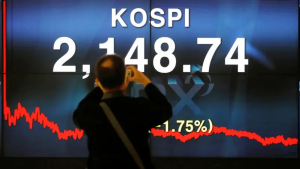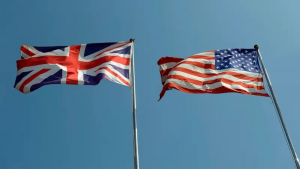The dollar fell on Thursday, after rising to an almost three week high a day earlier, with minutes of the Federal Reserve's last meeting providing few clues on when the United States might start cutting interest rates.
Minutes of the December policy meeting released on Wednesday showed Fed officials convinced inflation was coming under control and concerned about the risks of the central bank's "overly restrictive" monetary policy on the economy.
However, there were no clear-cut clues on when the Fed could begin easing rates, with policymakers still seeing a need for rates to stay restrictive for some time.
Against a basket of currencies, the greenback fell 0.11% to 102.29 , after hitting a three-week peak of 102.73 on Wednesday.
"The messaging that rates will stay elevated raises a second look at the aggressive cut expectations markets are pricing," said Christopher Wong, a currency strategist at OCBC.
Separate data on Wednesday showed U.S. manufacturing contracted further in December, though the pace of decline slowed, while U.S. job openings fell for the third straight month in November, pointing to easing labour market conditions.
Recent data pointing to a cooling U.S. economy has continued to underpin bets of Fed rate cuts this year as inflation comes under control, though traders remain divided over the pace and scale of easing from the central bank.
Market pricing now shows a roughly 72% chance that the Fed could begin cutting rates in March, compared with an 87% chance a week ago, according to the CME FedWatch tool.
The closely watched U.S. nonfarm payrolls report is due on Friday, which will likely give further clarity on how much room the Fed has to lower rates.
The euro rose 0.25% to $1.0950, having fallen to a more than two-week low on Wednesday, after France and other European countries reported inflation figures.
Markets expect a rebound in headline inflation in the euro zone in the December print due on Friday.
France's INSEE official statistics agency reported an EU-harmonised inflation rate of 4.1% in December, as expected by economists polled by Reuters.
The German state of North Rhine-Westphalia, the most populous, reported an inflation rate of 3.5% in December, rising from 3% in November. Germany's nationwide inflation figure is due at 1300 GMT.
"There are some risks that a higher headline print will prompt some repricing of the highly dovish European Central Bank rate expectations," said Francesco Pesole, FX strategist at ING.
"We could see some euro performance emerging in the crosses in the short run but some improvement in the euro zone economic outlook remains necessary to make any rally sustainable".










